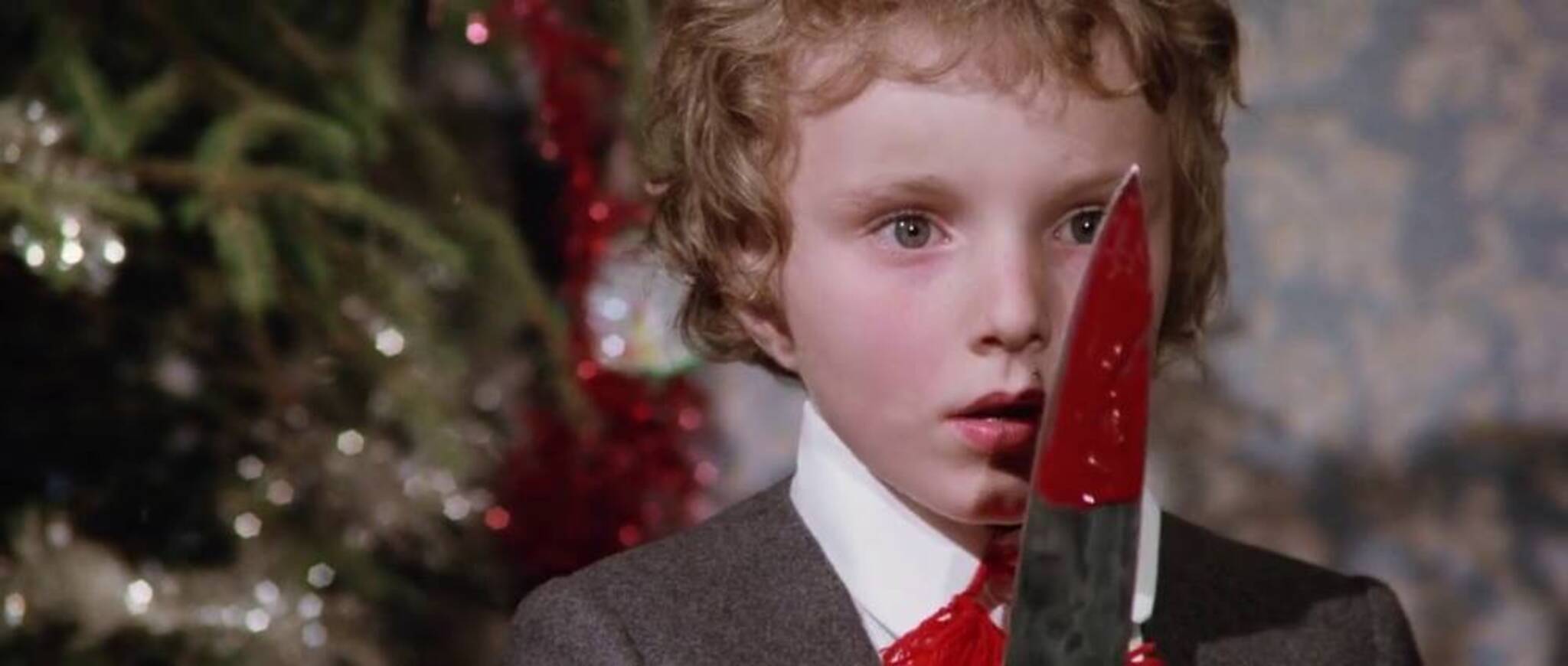
Italian Cultural Institute | DEEP RED (4K Restoration!)
Second screening of the series “Fear Italian Style”: Dario Argento’s masterpiece “Deep Red”(4k restoration).
Far from being Dario Argento’s first foray into the giallo—the Italian version of the anglophone murder mystery genre putatively established by Mario Bava with his Hitchcock-inspired La ragazza che sapeva troppo (The Girl Who Knew Too Much, 1963)—Profondo rosso (Deep Red, 1975) is arguably still his finest. True to form, in this film the eyewitness to a gruesome murder (played by Blow-up’s David Hemmings in a cognate role) takes it upon himself to investigate
the crime. Aided by wise-cracking journalist Gianna Brezzi (Daria Nicolodi), British pianist Marcus Daly’s sleuthing inevitably attracts the ires of a relentless, leather-clad serial killer who tries to stay ahead of the amateur detective by murdering his leads.
After nearly a decade spent writing screenplays, Argento took the directorial helm of L’uccello dalle piume di cristallo (The Bird with the Crystal Plumage, 1970) with great panache, displaying a knack for formal devices that rapidly established him as one of the giallo’s foremost stylists. His two follow-ups, Il gatto a nove code (The Cat o’ Nine Tails, 1971) and Quattro mosche di velluto grigio (Four Flies on Grey Velvet, 1971), further the director’s interest in the fallacies of vision as a heuristic tool, a transparent metaphor for the cinema itself, on the background of an Italy increasingly besieged by domestic terrorism that, however, never quite makes it onto the screen. Other contemporary sub-genres captured the country’s socio-political turmoil, such as the poliziottesco, a mediterranean correlative of the American vigilante films in which rogue policemen take the law into their own hands to avenge a community prostrated by rampant crime. Both ultra-violent in content, the poliziottesco and the giallo served different purposes: if graphic depictions of gruesome deaths provided viewers with some catharsis in films such as Fernando Di Leo’s Milano Calibro 9 (Caliber 9, 1972), the giallo’s exquisitely elaborate murder scenes sublimated the danger and paranoia of those fraught times. Moreover, while hardened criminals tended to succumb in the former, the latter took aim primarily at young and beautiful women, inspiring the imminent rise of the American slasher film.
It is from this immensely problematic, yet deeply generative cauldron that Profondo rosso emerged. While retaining the structure of the classic amateur detective story and peppering the narrative with a healthy dose of awkward comic relief, Profondo rosso also signalled Argento’s imminent transition (or retreat) into the supernatural, which would garner him universal acclaim with Suspiria (1977). Visually spectacular thanks to its saturated colours and dazzling camera movements, Profondo rosso is also an auditory sensation. After three inspired collaborations with maestro Ennio Morricone, Argento turned to jazz composer Giorgio Gaslini, who had scored Le cinque giornate (The Five Days, 1973), the director’s only effort into historical comedy. Dissatisfied with the results, Argento retained only three of Gaslini’s themes, entrusting the emerging progressive-rock band Goblin with the remaining songs. The rest, as they say, is (film) history of the delightfully scary kind.
